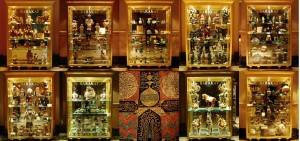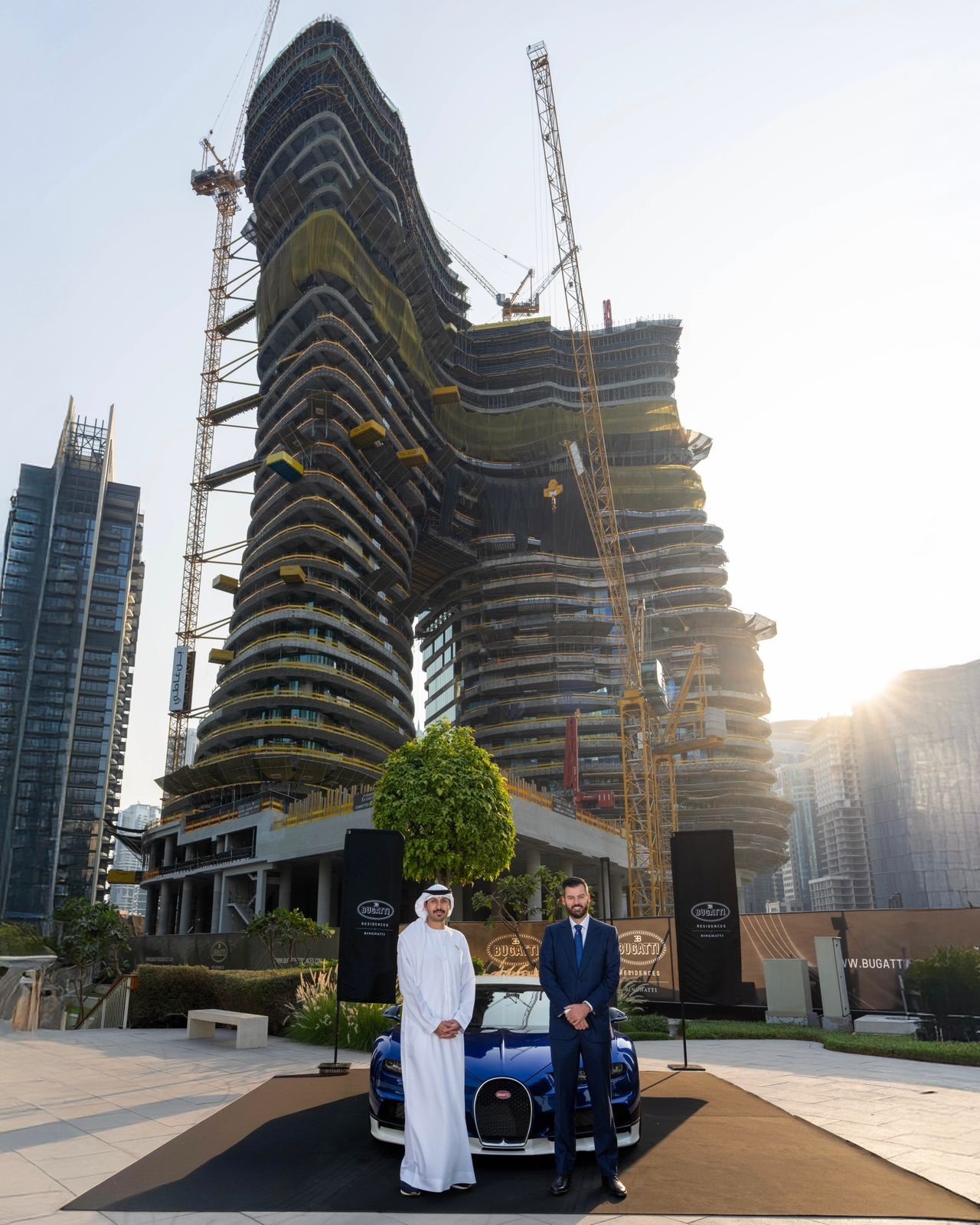An Art Lover’s Dream: The Magnificent Collection of Fayez Barakat
Outside of any well-endowed museum, the Barakat Gallery Collection proves to be one of the finest assemblages of its kind. Marvelous sculptures from the world’s most ancient of civilizations, exquisite glass vessels, figures of ancient gods and goddesses, as well as priceless jewelry make this collection a rarity. Core to the collection are artifacts from the Holy Land and objects from other cultures that left their mark on the region such as Egypt, Persia, Greece, and Rome. After moving to Los Angeles, the collection expanded to include Pre-Colombian, African, Chinese, and Southeast Asian artwork. An abundance of bronze, silver, and gold coins, some mounted to be worn as jewelry while others are in sets for collectors proves to be another specialty of this remarkable collection of creative artistry from all cultures and historical time periods.
The Barakat Gallery is a 5th generation family business that began in Jerusalem with the discovery of artifacts dug up on the land. The Barakat family realized that such artifacts had value both to tourists coming to the Holy Land who desired to reconnect with the land and in their aesthetic and artistic worth. In 1983, the Barakat family moved to Beverly Hills where their gallery, located on Rodeo Drive, has maintained a presence for more 25 years. In 2004, Mr. Fayez Barakat opened a five-story showroom in London located in the Mayfair district across from Claridges Hotel. Most recently, in 2008, Mr. Barakat established a gallery in Abu Dhabi located in the Emirates Palace with the great hope that his remarkable collection will serve a vital role in the growth of the Emirates as a cultural destination.
Yet what does one do with such an extraordinary collection? Mr. Barakat is already finding ways to share his beautiful artwork with the public through the establishment of his three galleries, yet the possibility to forge a strong relationship with museums is of great interest. Such a partnership would be beneficial, not only for the gallery and the museum, but for the world at large. The Louvre Abu Dhabi, to be completed by 2012 where it will be located on the Saadiyat Island for culture, would be a perfect opportunity for Fayez Barakat to endow a first class world art museum with objects from his magnificent collection.
Part of a 30-year agreement between the city of Abu Dhabi and the French government, the Louvre Abu Dhabi will showcase artwork from around the world while emphasizing a need to bridge the gap between Eastern and Western art. As President Jacques Chirac said with praise for the museum agreement in a recent interview with Le Figaro, “[It reflects] a certain idea of the world” in which each party to the accord “is proud of its roots and of its identity, is conscious of the equal dignity of all cultures.” The need to foster a dialogue between diverse cultures through art is a top priority in Mr. Barakat’s artistic vision. Collaboration with the Louvre Abu Dhabi would certainly give promise to such a high and noble ideal.
In addition, the rise of the Emirates as a top destination for culture serves Mr. Barakat and his hopes for the future of his collection. The higher aims of the gallery go beyond just the sale and acquisition of artwork to include education and preservation of culture for future generations. Art is a way of transmitting a history, a culture, and a common experience. Already by sharing these treasures with the people of the Emirates and the visitors of the Palace fosters appreciation of the beauty of the objects and the cultures that created them.
Human beings have a need for beauty. The opportunity to behold beautiful works of art created in the past as well as in the present provides individuals the opportunity to transcend the violence and tragedy in the world. Contemplating such extraordinary works of art links human beings to the present and helps them recall the past while offering the tools to both transcend negative realities as well understand a common humanity. There is certainly violent art as there is violence in the world, yet every once and a while one stumbles upon an artwork, like an exceptional lifetime experience, that goes beyond all that is negative. The works from the Barakat Gallery collection do exactly this: their beauty helps guide the beholder to another reality.













